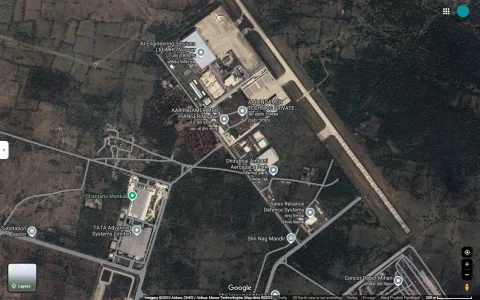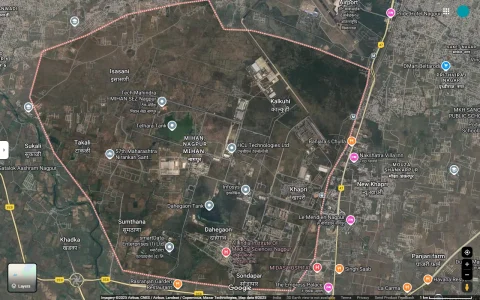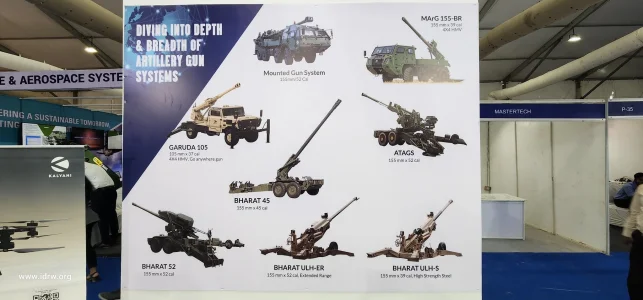I didn't quote your entire message, I just quoted the part where you claimed the product to be Indigenously Designed Developed and Manufactured.
Just to keep track of the discourse
> My point was unless you do serious R&D, you can't make it economically viable
> Cyclops's came in with the idea of forcing the end user to buy local and with time the local firms would absorb tech and innovate
> My counter was that most of the things are already implemented and yet there isn't much improvement. As for innovation, it's a far cry for most of the local firms
> You chipped in with Kalyani, that they've indigenously designed and yet no orders so why bother in R&D
> I countered thar they're not saint in this mess of ScrewdriverGiri-ed products. There's a saying,
"Hamaam me sab hi nange hain"
Still point stands, why do R&D when nobody will give a shit, just tie up with foreign vendor and do
So does my point...no one's here doing R&D, there's just ToTing with foreign vendor and doing ScrewdriverGiri-ed. Even for all the "Bharat" guns you claimed
Like you've even compared some OFB clone pistol vs one made by some Astr Defence, you really think the ((( users ))) will even buy that?
Yes, I really think the [{(user)}] would buy that because it's leaps and bounds better than the OFB pistol.
But if somehow they decide to take a
Bhishm-Pratigya that for them Indian defence forces are the only [{(user)}] and no-one else, then I can't do much. They've the whole civilian market, they've some smaller foreign countries with lax IPR laws...they can easily get sufficient user.
Ditto for the WhAP program
Excellent example and even best in terms of context.
> They made WhAP
> Didn't find success here
> Simply stated marketing it overseas
> Profit
That's my whole point.
I'm repeatedly getting the counter of why invest in R&D if no order from Army!? So? Why are you so
mohtaaz to get order from Army? You've done R&D, which means your product is good, which means it can win competition wherever it's pitched...so pitch it! How long are you going to keep crying on this failed relationship of Indian Army!? It would have been great if things would have gone your way but they didn't, break-up happened. So just move on.
Eugene Stoner made AR-10 in America and it was rejected by US Army. He simply sold it to Portugal and Dutch because he knew his design was groundbreaking. Imagine what would have happened to the AR platform if he has kept doing
rudaali instead of believing that what he has made is good. Leave foreign firm, MKU and Tonbo. These firms are what they're today just because they had tried their luck in international tenders after getting ignored by Army.
tl;dr: If you've really done some innovation then you won't bicker about someone not buying your product, because then everyone's a potential customer for you. And if you're stuck on just your local customer then it means you also know you don't have much luck anywhere else.











